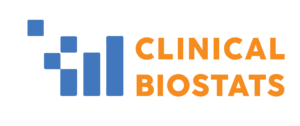Our Python programming course covers key concepts such as learning algorithms and data structures, which are crucial for building efficient and effective software programs. In the clinical trials industry, where large data sets are common, it’s essential to know how to handle data quickly and accurately.
The course covers a variety of learning algorithms with different Big O notations. For example, O(1) algorithms like constant-time hash tables, O(n) algorithms like linear search and bubble sort, and O(n log n) algorithms like quicksort and mergesort. We also cover fundamental concepts such as dynamic programming, greedy algorithms, and graph algorithms.





